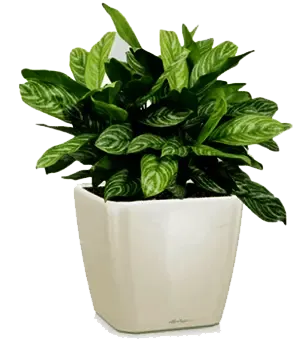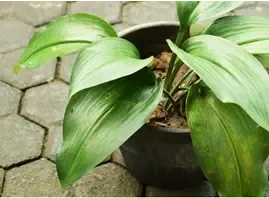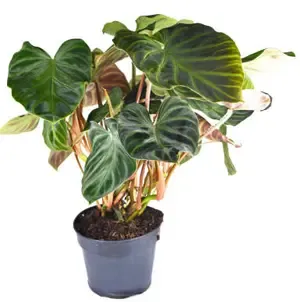Air Purifying Plants Indoor Low Light
Craving cleaner air but lacking sunshine? Breathe easy! Even shady spaces can flourish with air-purifying plants. These botanical buddies not only add beauty to your home but also act as natural filters, removing common toxins like formaldehyde and benzene. From the architectural appeal of snake plants to the cascading charm of pothos, discover a variety of low-light-loving options to bring a breath of fresh air indoors.
Snake Plant (Sansevieria trifasciata)
Also known as mother-in-law's tongue, snake plants are nearly indestructible. They tolerate low light, infrequent watering, and even neglect. They come in a variety of sizes and leaf colors and can grow tall and upright or in a rosette form. Snake plants are known for their air-purifying properties, and can help remove toxins like formaldehyde and benzene from the air.

ZZ Plant (Zamioculcas zamiifolia)
ZZ plants are another low-maintenance option that thrives in low light. They have glossy dark green leaves and a slow growth rate. ZZ plants are tolerant of drought and can go for long periods of time without water. They are also known for their air-purifying properties, and can help remove toxins like formaldehyde and xylene from the air.
Peace Lily (Spathiphyllum wallisii)
Peace lilies are known for their beautiful white flowers and air-purifying properties. They prefer low to medium light and moist soil. Peace lilies will wilt when they need water, so they are a good choice for people who tend to forget to water their plants. They are effective at removing common household toxins like formaldehyde, benzene, and ammonia from the air.

Pothos (Epipremnum aureum)
Also known as devil's ivy, pothos is a popular trailing vine that is easy to care for. It tolerates low light and infrequent watering. Pothos comes in a variety of leaf colors and patterns, and can be grown in hanging baskets or allowed to climb up a moss pole. Pothos is an effective air purifier, and can help remove toxins like formaldehyde, benzene, and xylene from the air.
Chinese Evergreen (Aglaonema)
Chinese evergreens are low-maintenance plants that come in a variety of leaf colors and patterns. They prefer low light and moist soil. Chinese evergreens are a good choice for people who forget to water their plants, as they can tolerate some drought. They are effective at removing common household toxins like formaldehyde and benzene from the air.

|
| Chinese Evergreen |
Boston Fern (Nephrolepis Exaltata)
This lush fern adds a touch of the tropics to any indoor space. Boston fern prefers moderate to high humidity and moist soil. While it thrives in bright, indirect light, it can tolerate lower light conditions.

|
| Boston Fern |
Cast Iron Plant (Aspidistra Elatior)
As its name suggests, this plant is nearly indestructible. Cast iron plant tolerates low light conditions, infrequent watering, and neglect.

|
| Cast Iron Plant |
Dracaena (Dracaena Marginata)
This popular houseplant features long, slender leaves with red edges. Dracaena prefers bright, indirect light but can survive in low-light conditions.

|
| Dracaena |
Philodendron (Philodendron spp)
This versatile genus of plants comes in a wide variety of shapes and sizes. Philodendrons generally prefer moderate to bright, indirect light but can tolerate lower light conditions.

|
| Philodendron |
Jade Plant (Crassula Ovata)
A popular succulent, the Jade Plant is known for its thick, glossy leaves. Jade plant prefers bright light but can tolerate lower light conditions, as long as it receives enough water.

|
| Jade Plant |
